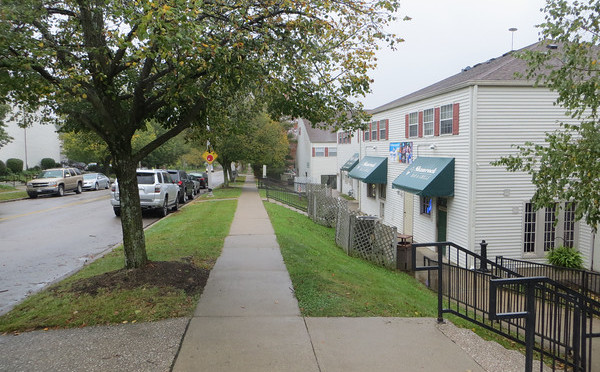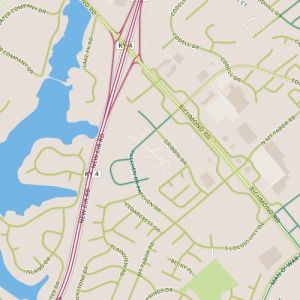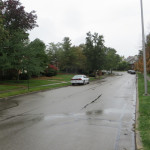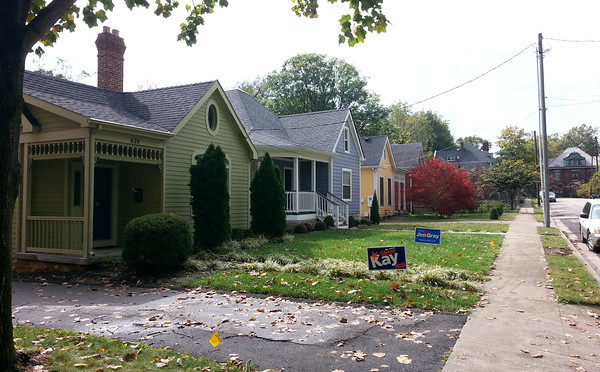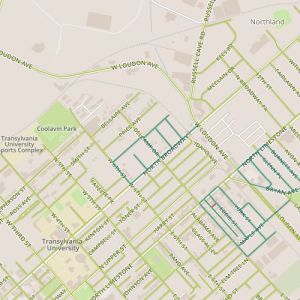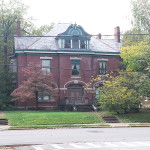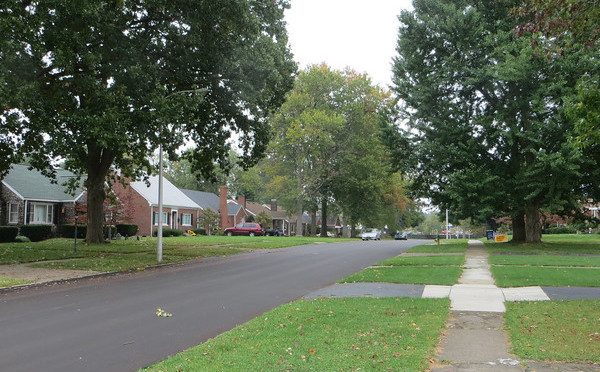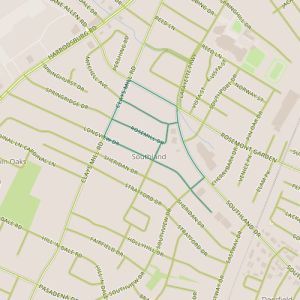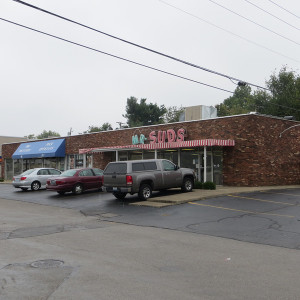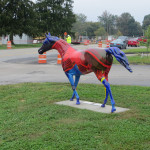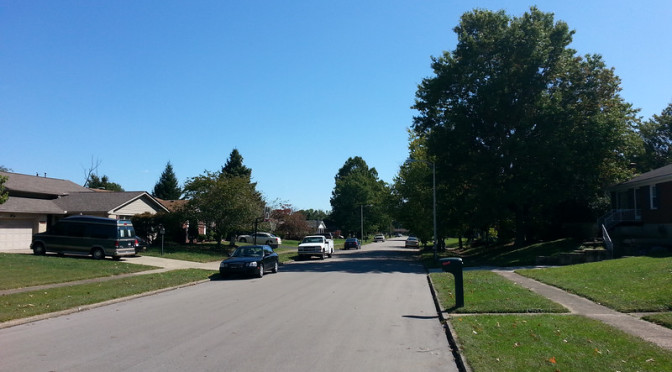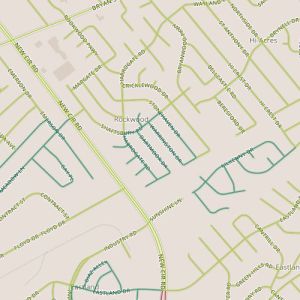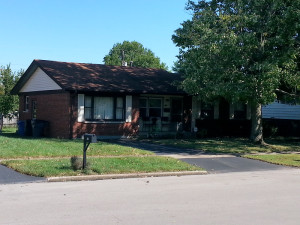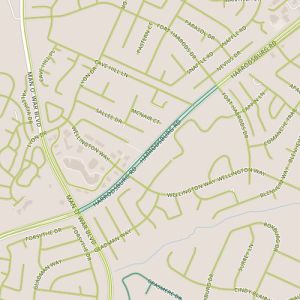 A song from a band called Poi Dog Pondering captured my attention a long time ago with a song about walking even when other alternatives were available. The song’s conclusion, that “you get to know things better/when they go by slow,” has been among the motivators for this project. Today’s walk was along a stretch of one of Lexington’s spoke arterials, Harrodsburg Road, which takes traffic from downtown to Jessamine county, Nicholasville and points beyond. This particular stretch is not slow; there aren’t many reasons to slow down. There are a few feeder routes into neighborhoods and a shopping district at the corner of Man O’ War and Harrodsburg, but none of these have ever drawn significant enough traffic to slow down this drive.
A song from a band called Poi Dog Pondering captured my attention a long time ago with a song about walking even when other alternatives were available. The song’s conclusion, that “you get to know things better/when they go by slow,” has been among the motivators for this project. Today’s walk was along a stretch of one of Lexington’s spoke arterials, Harrodsburg Road, which takes traffic from downtown to Jessamine county, Nicholasville and points beyond. This particular stretch is not slow; there aren’t many reasons to slow down. There are a few feeder routes into neighborhoods and a shopping district at the corner of Man O’ War and Harrodsburg, but none of these have ever drawn significant enough traffic to slow down this drive.
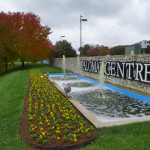
It’s not, at the first glance, a terribly exciting route, but it’s the first in what I expect will be a series of trips down arterials that are necessitated by low density of connected feeder routes along them. That is, in many cases it is difficult to find an efficient loop that would be short enough for me to walk. Compare this to my routes along Winchester Road, a similar spoke arterial, but one that intersects smaller streets much more frequently. At any rate, planning this route was a little like making sure there was some broccoli on the menu.
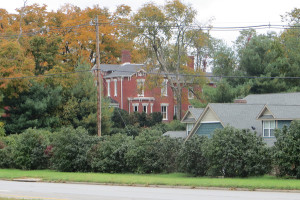
The potential payoff was really from watching it go by at three miles per hour instead of 55. And I did see a few things I wouldn’t have otherwise, including, hidden among the trees, a large mansion built in 1851. The wooded areas on either side provide might provide some adventure for the right people, ambitious kids or geocachers, maybe and there were a couple of other unusual properties as well. Would I walk this stretch of Harrodsburg again? Probably not, but sometimes you do things just so you can say you did it.
What works: This stretch of road is good at what it does.
What doesn’t (for my purposes, anyway): What it does has nothing to do with people travelling on foot.

